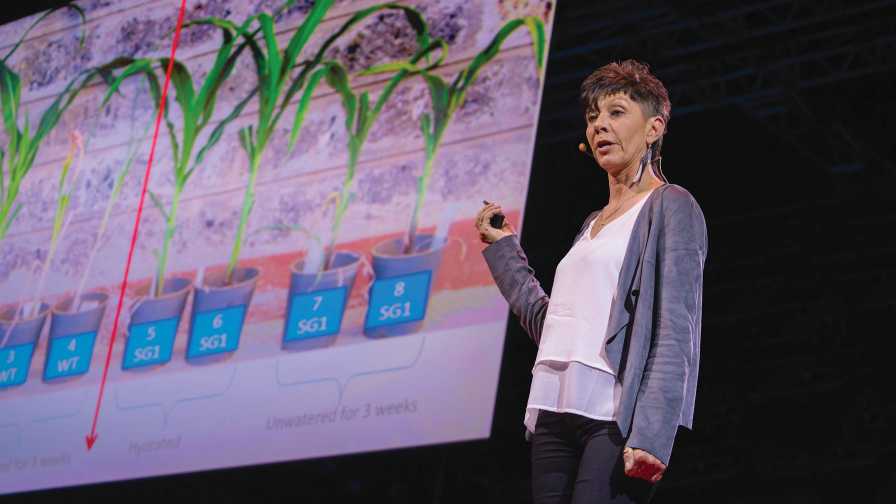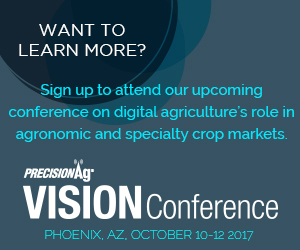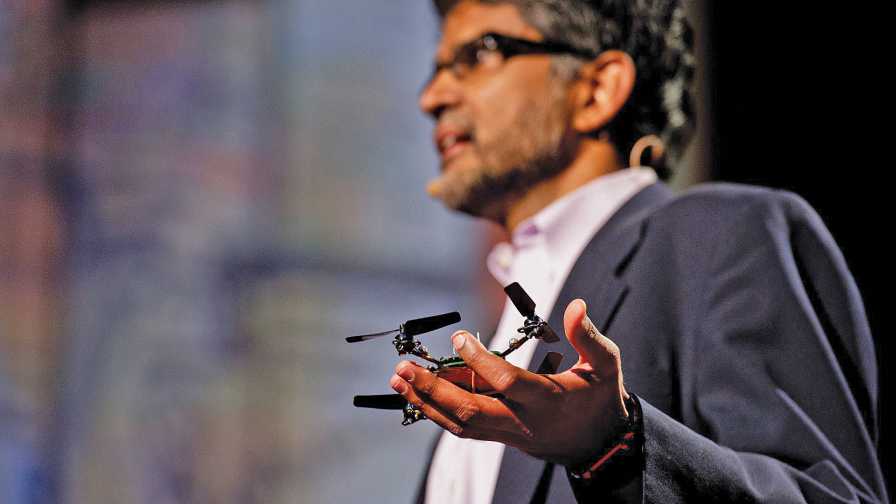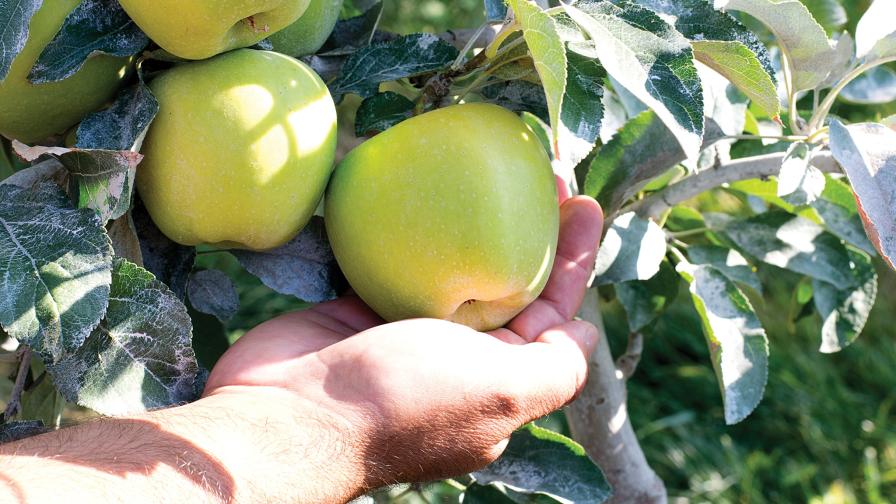TED Talks Take on Agriculture Innovation
The up-and-coming generation of farmers, and those following them, will face some big questions as they span their careers. How will agriculture feed a growing population with a growing middle class? How will very rapid development and deployment of technology impact farming? There are plenty more questions and many of them will require big thinkers with big ideas.
The well-known TED Talks is a clearinghouse of big thinkers and big ideas, and quite a few of them have focused on agriculture and food production over the years.

Jill Farrant is studying how to turn on drought resistance in food crops to mimic resurrection plants..
Image courtesy of TED Talks
Engineering Drought Resistance
Across the globe, water resources are being challenged. Water has become a political force, and fairly or not, agriculture is in the middle of the debate often being charged with being a part of the water quality and quantity problems.
Jill Farrant, a Professor of molecular and cell biology at University of Cape Town, South Africa, is studying how ancient DNA can be turned on to help important food crops fight off drought. She and colleagues have been studying resurrection plants to achieve this goal. Resurrection plants are those that can undergo extreme drought without water for months or even years. Then when the next rain comes along within 12 to 48 hours the plants green up and start growing again.
Farrant’s “How We Can Make Plants Survive Without Water” TED Talk featured her research into how resurrection plants work and if those special characteristics could be transferred into other plants, especially food crops. She noted that plants have developed a number of tactics to succeed with limited moisture. One of the most common strategies plants use to maximize water is found in annuals.
 “The strategy in annuals is to grow only in the rainy season,” she said. “At the end of that season, they produce a seed, which is dry (8% to 10% water), but very much alive. And, anything that is dry and still alive, we call desiccation-tolerant.”
“The strategy in annuals is to grow only in the rainy season,” she said. “At the end of that season, they produce a seed, which is dry (8% to 10% water), but very much alive. And, anything that is dry and still alive, we call desiccation-tolerant.”
The annual crops of wheat, rice, and maize make up 95% of the globe’s food supply. These plants produce many desiccation-tolerant seed in short periods of time.
“These seeds are energy-rich so there’s a lot of food calories you can store in times of plenty for times of famine, but there’s a downside,” Farrant said. “The vegetative tissues, the roots and leaves of annuals, do not have much in the way of [water] inherent resistance, avoidance, or tolerance characteristics. They just don’t need them. They grow in the rainy season and they’ve got a seed to help them survive the rest of the year.”
But, what if these annuals shared some genetic similarities to resurrection plants? After considerable research and collaboration, they learned they do share the same chromosomes that are required for desiccation tolerance and in resurrection plants. These genes are switched on when the process of drying ensues.
“So as maize seeds dried out at the end of their period of development, they switch these genes on,” Farrant said. “Resurrection plants switch on the same genes when they dry out.
All modern crops, therefore, have these genes in their roots and leaves, they just never switch them on. They only switch them on in seed tissues.
“So what we’re trying to do right now is to understand the environmental and cellular signals that switch on these genes in resurrection plants to mimic the process in crops.”
The ability to switch those sets of genes on in the roots and leaves of annual crops could one day greatly improve the drought tolerance of important plant food sources.

Vijay Kumar is investigating how swams of tiny autonomous drones can map orchards to diagnose problems and predict yields.
Image courtesy of TED Talks
Robot Swarms
Vijay Kumar, Dean of the University of Pennsylvania’s School of Engineering and Applied Science, wowed his TED Talk audience with his presentation titles “The Future of Flying Robots.” His lab is developing autonomous flying robots that use onboard sensors, cameras, and laser scanners to map the environment it is in and avoid obstacles while navigating.
Kumar showed video of an early robot model flying through his lab, while mapping out the surroundings.
“The main point I want to convey to you is that these robots are capable of building high-resolution maps at 5 centimeters resolution, allowing somebody who is outside the lab, or outside the building to deploy these,” Kumar said.
But, there was one problem with the early model. It was pretty big and the machines will consume about 100 watts of energy per pound, which makes for a very short mission life.
“The second problem is these robots have onboard sensors that end up being very expensive — a laser scanner, a camera, and the processors,” Kumar says. “That drives up the cost of this robot.”
The answer to these problems was the development of a smaller drone equipped with a Samsung smartphone. This brought down costs further with off-the-shelf components. Beyond smaller, Kumar says engineers aimed to make the drones faster and capable of more aggressive maneuvers. And, the team used honeybees as inspiration.
Bees are so small that their inertia is lightweight. When they fly into things, they bounce off. So the team is building even smaller robots. The propellers of these drones are protected by a frame, so it’s light weight allows it to bounce off objects and keep flying.
The researchers have engineered the robots to work in groups in tandem with each other and autonomously. The result is very much like a swarm. The idea of swarming small drones is being tested in orchards now to map for things like tree and fruit inventories and to spot problem areas in fields.
“Systems like this can really help, and we’re projecting yields that can improve by about 10%, and more importantly, decrease the amounts of inputs such as water by 25% by using aerial robot swarms,” Kumar says.
All agriculture-related TED Talks can be found at ted.com/topics/agriculture.









